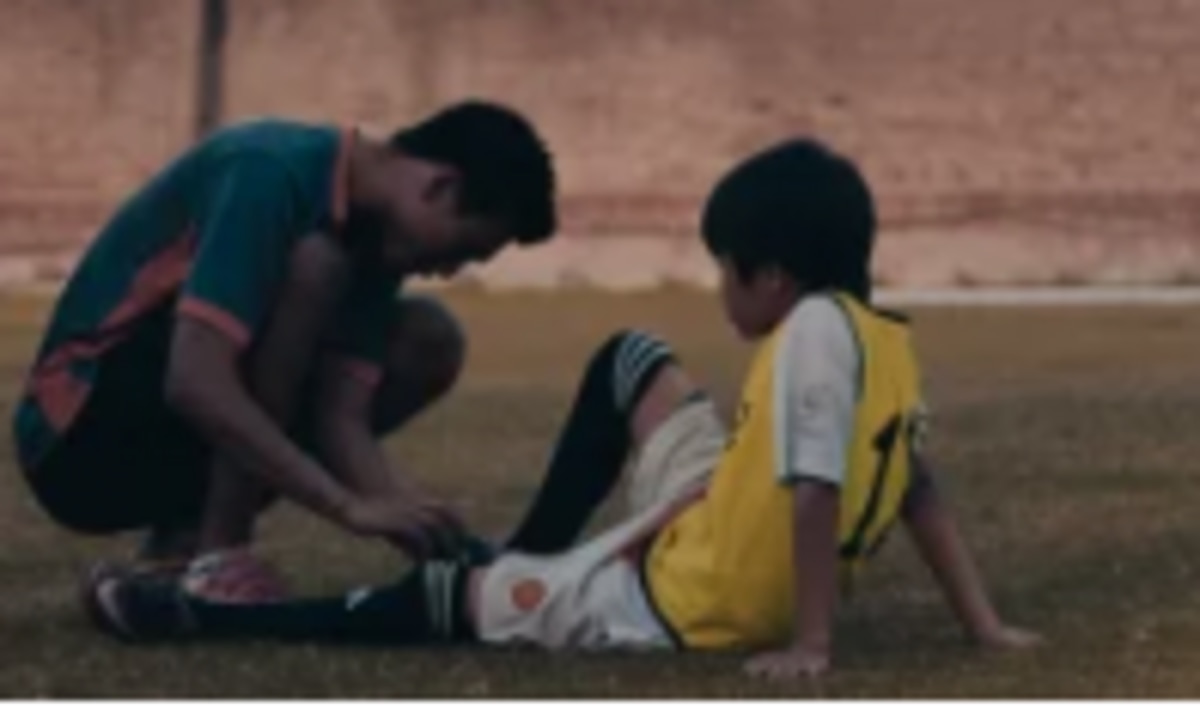
Strains and Sprains: Not One and the Same
December 4, 2020
https://unsplash.com/photos/KtPJkTlke8Y
You’ve certainly heard of people spraining their ankle or straining their hamstring, but what you might not know is that there is a difference between "sprains" and "strains."Although it seems obvious to some, many people use the words "sprain" and "strain" synonymously. While they both definitely are used to describe an injury, the tissue involved is distinct.
Ligaments connect bone to bone. When a ligament is injured or torn, it is referred to as a sprain. Tendons connect a muscle belly to a bone. When the muscle belly or tendon gets injured, it is referred to as a strain. One little trick to remember is “t” for “tendon.” There is also a “t” in the word “strain." Muscles and tendons are strained, ligaments are sprained.
Now that you know the difference between the two, let's talk about the mechanism of injury. A tendon or muscle strain and a ligament sprain often occur when the tissue involved is overstretched or torn. This can occur through various mechanisms that include, but are not limited to improper joint movement, lack of proper warm-up, overuse, and overloading.
Diagnosis of a sprain and a strain are graded I, II, and III. The grade often describes the extent to which the tissue was injured. Both sprains and strains are graded similarly. Grade I usually refers to a stretch injury with small tears. Grade II usually refers to a moderate to large tear, but not a full tear. Grade III indicates a full tear through a muscle or ligament. A "pop" is often heard with grade III injuries. See pictures below for more details:

Ligament Sprains Illustrated (1)

Muscle/Tendon Strains Illustrated (1)
Treatment for sprains and strains can vary from weeks to months due to each tissue having its own specific healing time frame. Some grade III injuries may even require surgery, however, this also depends on the tissue involved. Other factors that influence tissue healing time frames are age, nutrition, and having the presence of other comorbidities.
You know the old saying, “An ounce of prevention is worth a pound of cure?” This holds true for avoiding sprains and strains. While not all injuries can be prevented, there are a few things you can do to reduce your risk of getting a strain or a sprain. Ensuring that you always properly warm-up, having good accessory muscle strength and flexibility, and listening to your body/not overdoing it are some ways you can prevent sustaining a sprain or a strain.
If you are dealing with any sort of pain, discomfort, or chronic injury--we can help you at Physiolete Therapy and Performance. While we specialize in sports physical therapy, we are also trained to assess healthy individuals for injury risk and create injury prevention programs. If you would like to set up a complimentary screen to see if you would be a good candidate for physical therapy, wellness, or performance services--please contact us! You can call us at 205.409.8060, send us an email [email protected] , or DM us directly on social media.
Treatment for sprains and strains can vary from weeks to months due to each tissue having its own specific healing time frame. Some grade III injuries may even require surgery, however, this also depends on the tissue involved. Other factors that influence tissue healing time frames are age, nutrition, and having the presence of other comorbidities.
You know the old saying, “An ounce of prevention is worth a pound of cure?” This holds true for avoiding sprains and strains. While not all injuries can be prevented, there are a few things you can do to reduce your risk of getting a strain or a sprain. Ensuring that you always properly warm-up, having good accessory muscle strength and flexibility, and listening to your body/not overdoing it are some ways you can prevent sustaining a sprain or a strain.
If you are dealing with any sort of pain, discomfort, or chronic injury--we can help you at Physiolete Therapy and Performance. While we specialize in sports physical therapy, we are also trained to assess healthy individuals for injury risk and create injury prevention programs. If you would like to set up a complimentary screen to see if you would be a good candidate for physical therapy, wellness, or performance services--please contact us! You can call us at 205.409.8060, send us an email [email protected] , or DM us directly on social media.

